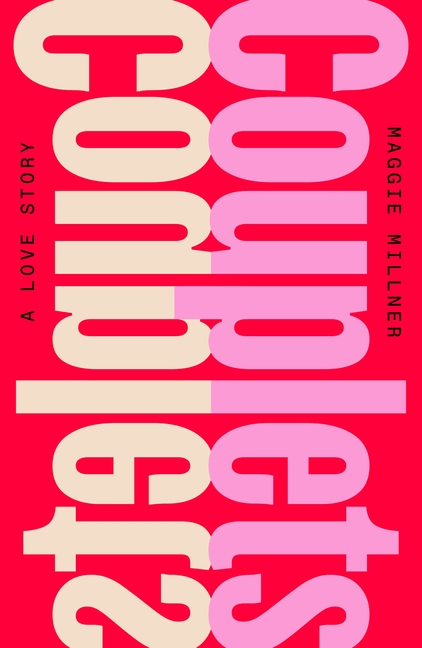Stand further back from the passage and you can see the poet herself laying out the parts she’s been given, finding the 'hundred screws,' the 'plastic pegs,' the words with which she’ll make those parts into a serviceable whole. As anyone who has assembled a piece of ikea furniture knows, things rarely line up perfectly, and what you’re left with is something you can live with but also something that will never entirely conceal that you are the one who put it together. Rhyme is working that way here ... What Millner has built, after all, is not a bed but a poem, one that wants you to notice its own discomfort in its anachronistic, unfashionable form ... If the tendency of rhyme, like that of desire, is to pull distant things together and force their boundaries to blur, then the countervailing force in this book, the one that makes it go, is the impulse toward narrative ... Millner’s ultimate achievement is to draw open the distance between the book’s first line and its ostensibly identical second, between the self that one takes as given and the self, no less true, that one cannot help but make.
Read Full Review >>

